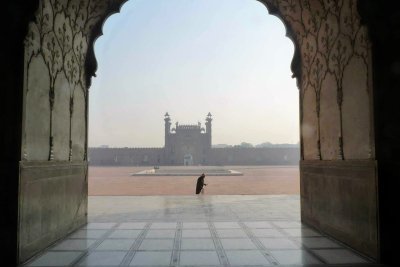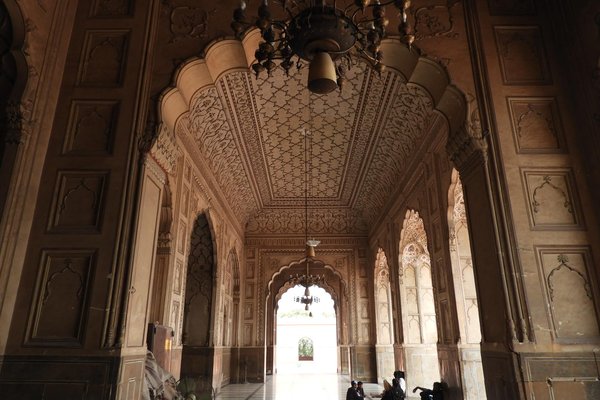Pakistan
Badshahi Mosque, Lahore
Site Info
Official Information
- Full Name
- Badshahi Mosque, Lahore (ID: 1277)
- Country
- Pakistan
- Status
-
On tentative list 1993
Site history
History of Badshahi Mosque, Lahore
- 1993: Added to Tentative List
- Added to tentative list
- Type
- Cultural
- Criteria
Links
- UNESCO
- whc.unesco.org
All Links
UNESCO.org
- whc.unesco.org — whc.unesco.org
Community Information
- Community Category
- Religious structure: Islamic
Travel Information
Recent Connections
News
No news.
Community Reviews
Show full reviews
Between 1673 and 1986 the Badshahi Mosque, commissioned by the Mughal emperor Aurangzeb, was the biggest mosque in the world, at which point it was overtaken by Pakistan’s national mosque in Islamabad. It now languishes in 7th place (or even 8th according to some lists)! Mosque “size” seems to be a significant fact to many Muslims - one Pakistani “Morning TV” channel we watched even had a program on this matter and Muslim countries seem to be vying with each other to build ever bigger ones. Algeria is currently spending $1.3 billion to build the world’s 3rd largest, which will overtake other recent structures in Casablanca, Mashad and Jakarta. As the 2 bigger ones will be at Mecca and Medina (both extended in modern times to become so) then 3rd place is presumably regarded as an acceptable objective! But, however far down the list it drops, it will always remain ahead of Delhi’s Jama Masjid completed 17 years earlier by Shah Jahan. Indeed I think the Wiki article on Badshahi must have been written by a Pakistani so insistent is it on the Mosque’s “greatness” when compared with the Taj Mahal – “To appreciate its large size, the four minarets of the Badshahi Mosque are 13.9 ft (4.2 m) taller than those of the Taj Mahal and the main platform of the Taj Mahal can fit inside the 278,784 sq ft (25,899.9 m2) courtyard of the Badshahi Mosque, which is the largest mosque courtyard in the world”!
…
Keep reading 0 comments
